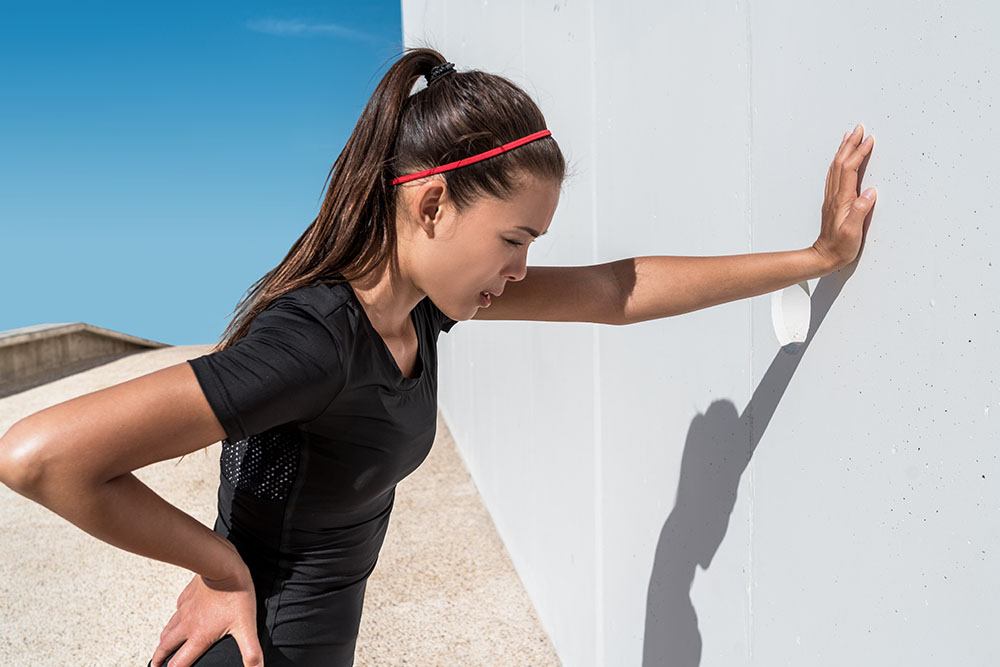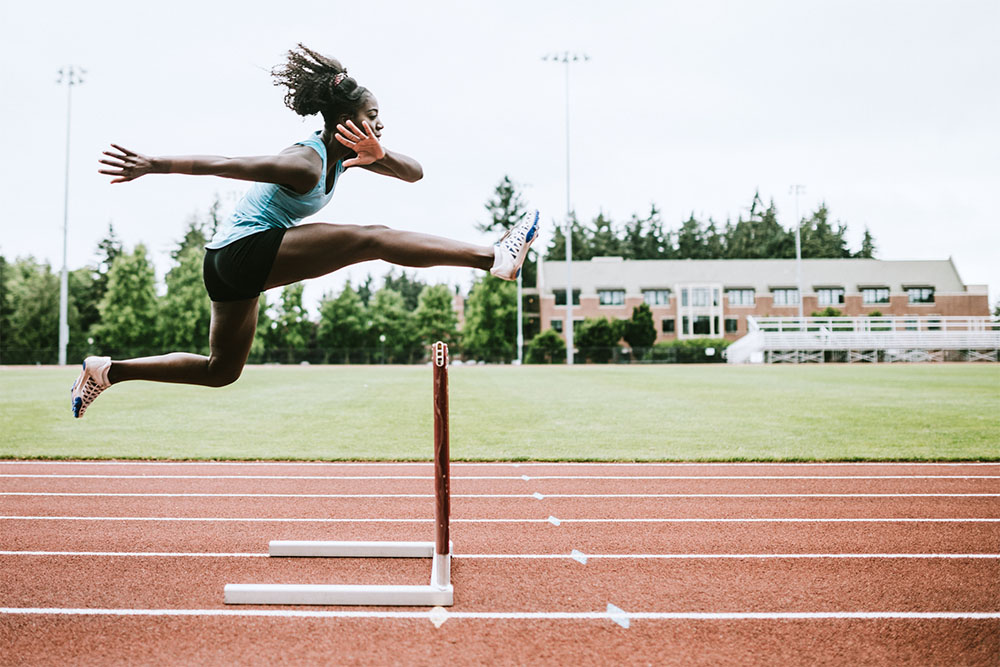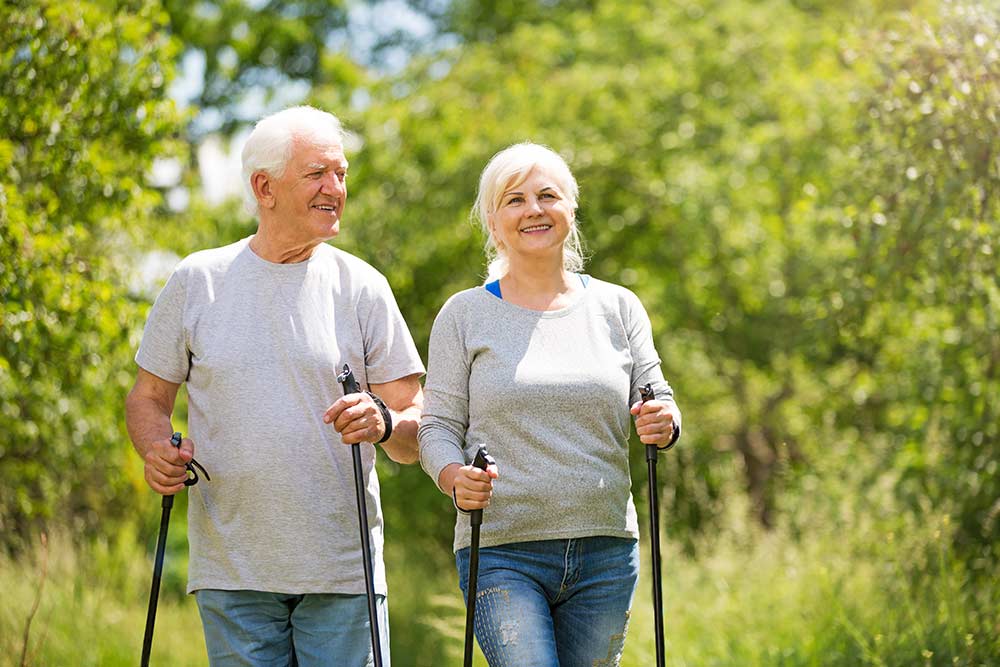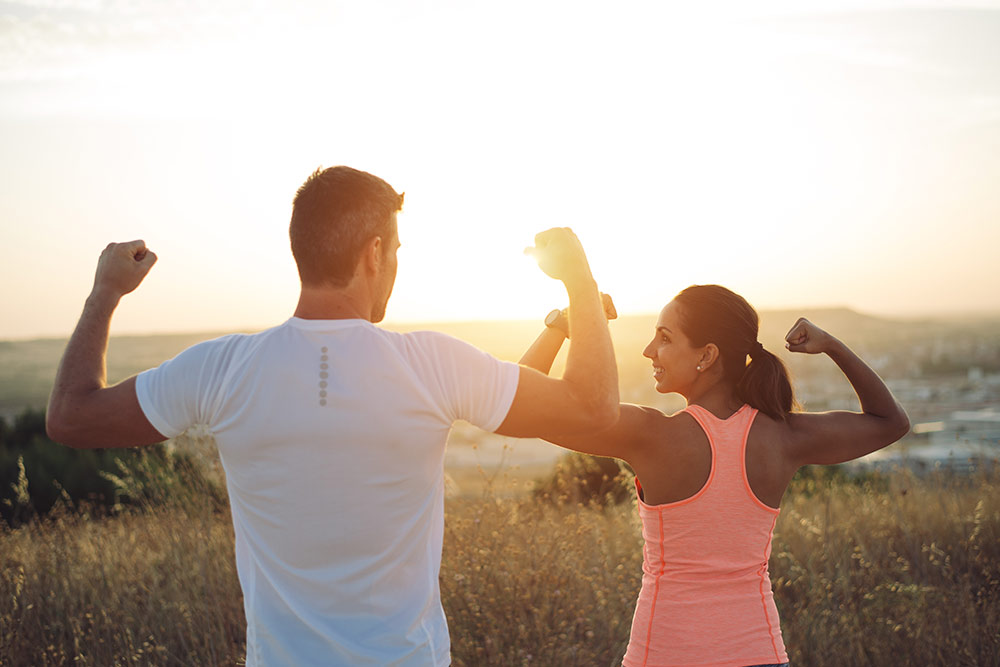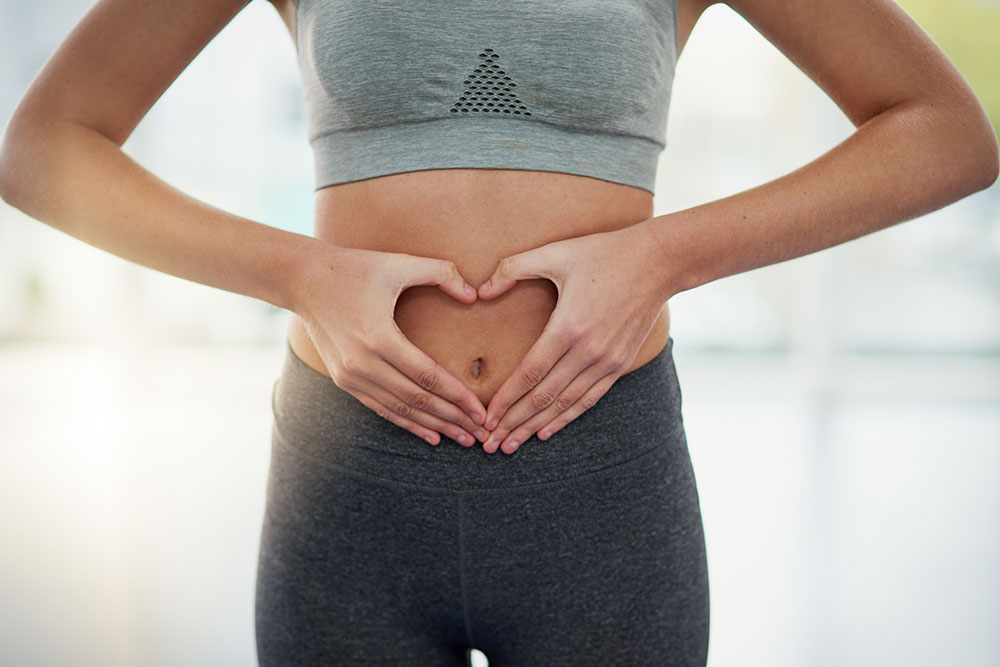The Best 3 Stretches to Improve Athletic Performance
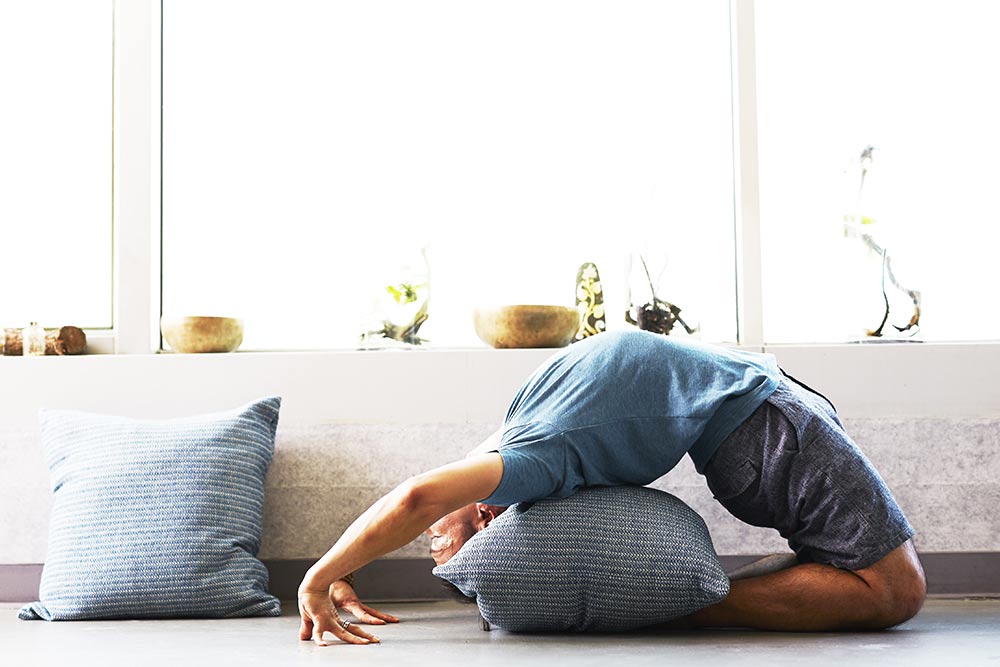
Hunter Bennett
Over the last few years, the use of self-myofascial release treatment modalities to enhance the range of movement has increased tenfold. This increase in use has also coincided with the publication of some research demonstrating that static stretching may result in reduced power output and associated declines in both physical and athletic performance.
Upon the back of this, things like foam rolling and assisted self-massage have become the norm, while static stretching has become somewhat demonized within athlete development circles.
But does that really mean that stretching is completely useless?
Because (in case you missed the title of the article) I would argue that it still has its place – when it is used effectively.
Does Stretching Reduce Muscular Power?
The real negative thought to be associated with static stretching relates to the impact it can have on power output.
In short, over the last few years, there have been a couple of key studies demonstrating that prolonged static stretching can lead to significant reductions in power output. In a practical setting, this ultimately led the authors to suggest that static stretching may, in fact, have a detrimental effect on athletic performance (Behm, 2011). But, if we choose to take a closer look at the research, we find that this isn’t necessarily the whole story.
But, if we choose to take a closer look at the research, we find that this isn’t necessarily the whole story.
Or at least, it isn’t completely accurate all of the time. You see, many of the stretching protocols used within these studies exceed 60 seconds in duration per muscle group. With this, they were also performed immediately before undertaking a power-based performance task (such as a vertical jump, or a short sprint).
However, recent research has shown that this same effect is not observed when stretches are performed for 45 seconds or less (Pinto, 2014). With this in mind, it quickly becomes apparent that stretching won’t really impact your ability to produce power when used in shorter bouts. And in all honesty, in a practical setting, I can’t really think of anyone who would promote the stretching an individual muscle for more than 60 seconds at a time –especially not immediately before exercise or competition.
Related Article: The Truth Behind Static & Dynamic Stretching
When does stretching offer the most benefit?
So, if performing stretches doesn’t affect our physical performance, does that mean we should stretch all the time? Now, it is important to note that there is an abundance of research clearly demonstrating that stretching has the ability to improve muscle flexibility and increase joint range of motion – that is an undisputable fact (Harvey, 2002).
However, that doesn’t mean that stretching should be used in every circumstance, or in every possible scenario where you feel tight.
If either specific muscles or muscle groups have become short and stiff through prolonged inactivity, or excessive physical activity, then stretching is undoubtedly going to offer a whole lot of benefit (Winters, 2004). This is because in this setting we can return length to those specific muscles, causing subsequent improvements in joint range of motion.
This can cause an associated improvement in our ability to perform specific movement tasks, which may result in improved physical performance and a reduced risk of injury (Behm, 2015). But with this, there is a little bit of a negative associated. You see, it is very rare that the muscle groups that feel tight are in fact all that tight.
Why do I feel tight?
While it may sound somewhat counterintuitive, those muscles that feel tight are actually more likely to be in a lengthened state (Sahrmann, 2002).
This is likely to be the result one of three situations:
- An antagonistic muscle group becoming short and stiff, this placing the agonist muscle group under tension
- That lengthened muscle group being too weak to maintain normal joint position
- A combination of the two
For example, think of the athletes you know that are constantly complaining of tight hamstrings. Now think of how many of these same athletes continually stretch their hamstrings, even though they never seem to get any better.
As you can imagine, this is because those hamstrings aren’t actually ‘tight’ in a mechanical sense. It is much more likely that they are stuck in a lengthened position and already under stretch (hence the reason they feel tight).
Reflecting on this thought process, the root cause most likely comes down to the fact that the antagonistic muscle groups (namely the rectus femoris and hip flexor muscle group) have become short and stiff, and the hamstrings are too weak to resist the pull of those muscles on the pelvis.
In turn, the pelvis would be tilted anteriorly, causing the hamstrings to lengthen.
And now we should be able to see why stretching the hamstrings will not have any effect on reducing this sensitization of tightness – in fact, we should be able to see that it may even make the problem worse.
What muscles should I stretch to increase performance?
Now, this creates a small amount of discord, because you know that stretching will have benefit, but you also know that those muscles that feel tight aren’t likely to be the ones that need any stretching.
So, what do you do?
Fortunately, there are certain muscle groups that are extremely prone to becoming short and stiff, and therefore prone to resisting movement and inhibiting performance. As a result, we have put together the top three stretches that target these key muscle groups and therefore enhance movement and performance.
1. Half Kneeling Couch Stretch
The half kneeling couch stretch is the perfect way to target both the hip flexor muscle group and rectus femoris muscle. These muscles typically receive an incredible amount load during athletic movement tasks. Within this, they are also constantly stuck in a shortened position during sitting.
As a result, they often become extremely short and stiff – which is where this stretch comes into its own.
In a kneeling position, commence the stretch by backing both of your feet up against a wall, or against the upper cushion of your couch (hence the names, ‘couch stretch’).
If you are on a hard surface, make sure to place a cushion down on the ground for your knee. Proceed to slide one of your legs backward so that the knee fits into the corner where the floor or couch meets the wall.
In this position, the shin should be as close to the wall as you can get it, and the toe should be pointed upwards. You should be in a half kneeling position, with your chest up nice and tall. Squeeze the glute of the back leg as hard as you can to place the anterior muscles of the limb under stretch.
Perform 2 sets of 20 seconds per side.
2. Quadruped Adductor Mobilisation
Most people pay close attention to their quads, hamstrings, and calves – but frequently neglect the adductors. Which is unfortunate, because this important muscle group plays an important role during sprinting, bounding, and jumping, while also acting to help stabilize the pelvis during gait.
In response, they often become overworked and extremely restricted.
Hence the need for this great stretch.
Start this stretch be getting into a quadruped position, with your shoulders directly over your hands, and your knees directly under your hips. Proceed to extend one leg out to the side until it is completely straight. Your toes should be pointing directly straight ahead, and the other leg should remain bent in the quadruped position, with the toes driving into the ground.
While ensuring that you keep your hands flat on the ground, and your back nice and flat, gradually push your butt back towards your heel, while keeping your other leg straight. You will feel a strong stretch on the inner part of the straightened leg. Once you cannot move back any further, return to the start position.
That is a single repetition.
Complete 3 sets of 10 repetitions per side.
3. Pigeon Stretch
Like the hips flexors, the external rotators of the hip can become extremely short and stiff after prolonged periods of sitting. This can restrict movement at the hip joint, increasing the risk of injury and reducing power output.
Enter the pigeon stretch.
Start in a standard push up position, and proceed to bring one of your legs forward, placing the ankle just behind the opposite hand. The knee of that same leg should also be sitting just behind the wrist of the same side, in which the outside of the knee should be pushed firmly into the ground.
Your shin should be as close to horizontal as possible.
Slowly sink down into your hips, keeping your chest up tall while placing external rotators of the hip under stretch. Stay here for 10 deep breaths, trying to sink further into the stretch each full exhalation.
Complete 3 sets of 10 deep breaths per side.
Take Home Message
In short, stretching still works. It offers an extremely useful way to improve the length of short and tight muscle tissue – when implemented correctly.
The three stretches listed in this article target muscle groups that not only frequently become short and tight through both overuse and sedentary activity, but also directly impede athletic performance when they do so.
Give them a go and let us know what you think!
References
Behm, David G., and Anis Chaouachi. “A review of the acute effects of static and dynamic stretching on performance.” European journal of applied physiology 111.11 (2011): 2633-2651.
Pinto, Matheus D., et al. “Differential Effects of 30-Vs. 60-Second Static Muscle Stretching on Vertical Jump Performance.” The Journal of Strength & Conditioning Research 28.12 (2014): 3440-3446.
Harvey, Lisa, Robert Herbert, and Jack Crosbie. “Does stretching induce lasting increases in joint ROM? A systematic review.” Physiotherapy Research International 7.1 (2002): 1-13.
Winters, Michael V., et al. “Passive versus active stretching of hip flexor muscles in subjects with limited hip extension: a randomized clinical trial.” Physical therapy 84.9 (2004): 800-807.
Behm, David G., et al. “Acute effects of muscle stretching on physical performance, range of motion, and injury incidence in healthy active individuals: a systematic review.” Applied physiology, nutrition, and metabolism 41.1 (2015): 1-11.
Sahrmann, Shirley. Diagnosis and treatment of movement impairment syndromes. Elsevier Health Sciences, 2002.
You Might Like:



